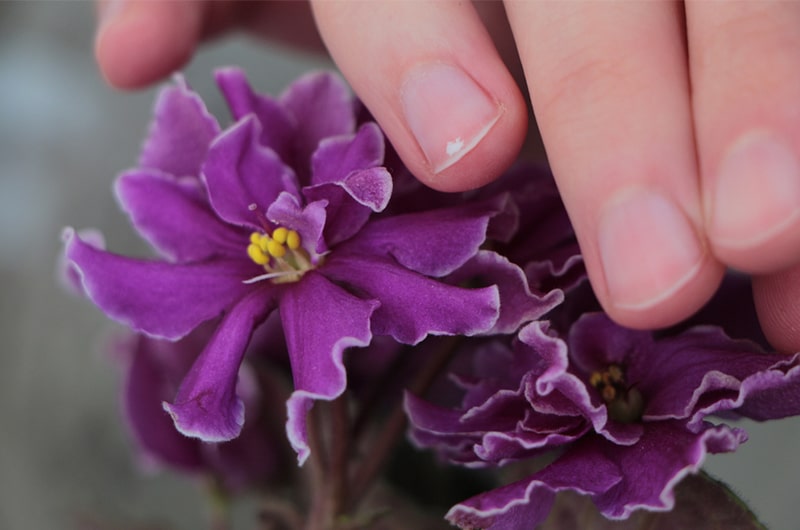Bees are known as the oldest inhabitants of the earth. This insect dates back to before the birth of man on this planet. For many people, the name bee is only associated with honey. While this insect plays a very important role in increasing agricultural production in gardens and greenhouses. Among the different species of bees, the bumblebee has characteristics that are completely beneficial to humans and the ecosystem. In the following, you will get acquainted with the benefits of keeping bumblebees
Pollination
The biggest benefit that bumble bees provide is pollination. Many flowers require insects such as bumblebees to transfer the pollen. Bumblebees are known to be very efficient pollinators. They transfer large amounts of pollen with every flower visit due to their size and very densely haired bodies. During the flower visit, pollen grains will stick to the fur of the bumblebee. During next flower visits, this pollen will be transferred to the stigma of the flower.
Did you know that bumble bees are responsible for nearly two-thirds of the nation’s total pollination? On top of that, bumble bees make a huge impact on the agricultural industry because they aren’t as attracted to “pretty” flowers like other bees. As a result, they pollinate and cross-pollinate plants and flowers that other bees and insects might overlook. Since these bees are less aggressive than other bees, they are also no threat to the average gardener. Unfortunately, the bumble bee population is in decline. The bumble bee population is currently on the decline, so please do not try and kill bumble bees if you encounter any.
Workforce without fatigue
Bumble bees pollinate your flowers and plants in a wide variety of weather conditions, unlike other insects. For example, bumble bees are active in temperatures of 40 degrees Fahrenheit and higher. They are most active in temperatures around 65 degrees Fahrenheit. Even on foggy, cloudy and rainy days, bumble bees are still hard at work and can fly in winds of up to 40 mph.
Ways to prevent extinction and increase the number of bumblebees in the garden
due to habitat loss, global warming, pesticides, and monocrop agriculture, their numbers are in sharp decline across. The loss of bees and other threatened pollinators could damage not only the world’s economy, but also endanger its very ecosystem.
Ways to help increase the population and activity of bumblebees include the following:
- Active from early spring through late fall, bumble bees need access to a variety of nectar- and pollen-producing flowers as food for the adult bees as well as their larvae. Native plants are best because they have coevolved with native bees. Plant a variety of native plants, some that bloom in the spring, some that bloom in the summer and some that bloom the fall, to provide three seasons of food for bumble bees and other pollinators.
- Ensure bumble bees have nesting sites. Bumblebees make small nests the size of a baseball. Most bumble bees nest in hives in underground holes made by larger animals, while some nest above ground in abandoned bird nests, grass tussocks or cavities such as hollow logs or spaces beneath rocks.
- Protect hibernation habitat. Because most queens overwinter in small holes on or just below the ground’s surface, avoid raking, tilling or mowing your yard until April or May.
- Avoid using pesticides. The use of insecticides and herbicides prevents the activity of bumblebee bees and exposes them to poisoning and destruction. A group of insecticides called neonicotinoids have been shown to have a devastating effect on all types of bees.


